From Gdansk: Stutthof Concentration Camp Museum Day Tour
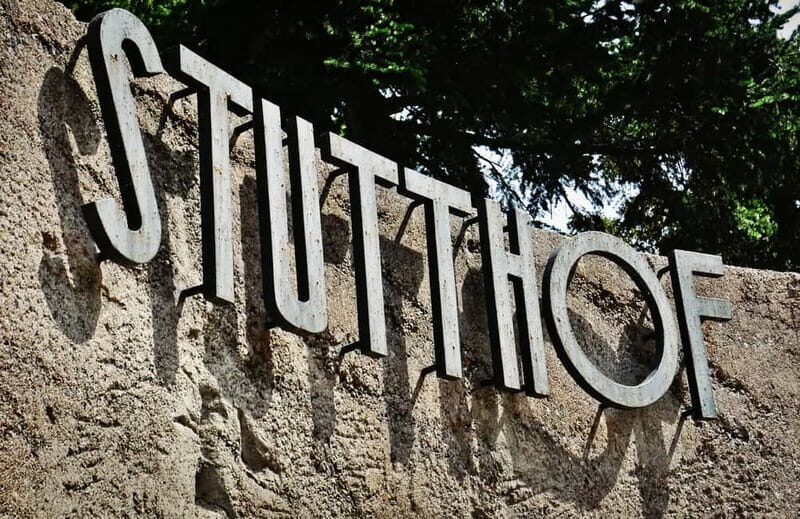
If you’re visiting Gdansk and want to understand a crucial part of Polish and world history, this Stutthof Concentration Camp Museum tour is a deeply meaningful choice. For around six hours, you’ll explore the grounds of Poland’s first Nazi concentration camp—built in 1939 and liberated in 1945 by the Soviet Army. Led by a multilingual guide, this private experience takes you through the camp’s haunting remnants, including the gas chamber, crematorium, prisoner barracks, and guard towers.
Two things we particularly appreciate about this tour: First, the personal stories and guided commentary bring a human element to the site, making the historical facts resonate. Second, the hotel pickup and drop-off make logistics smooth, especially since the camp is about 25 miles outside Gdansk.
However, a consideration for travelers is that children under 12 aren’t suited for this tour, given the intense subject matter. Also, since the tour is private, it’s ideal for those who prefer an intimate setting rather than a large group. This experience fits best for history enthusiasts, respectful visitors wanting an authentic and in-depth look, and those interested in WWII’s impact on Poland.
You can check availability for your dates here:Key Points
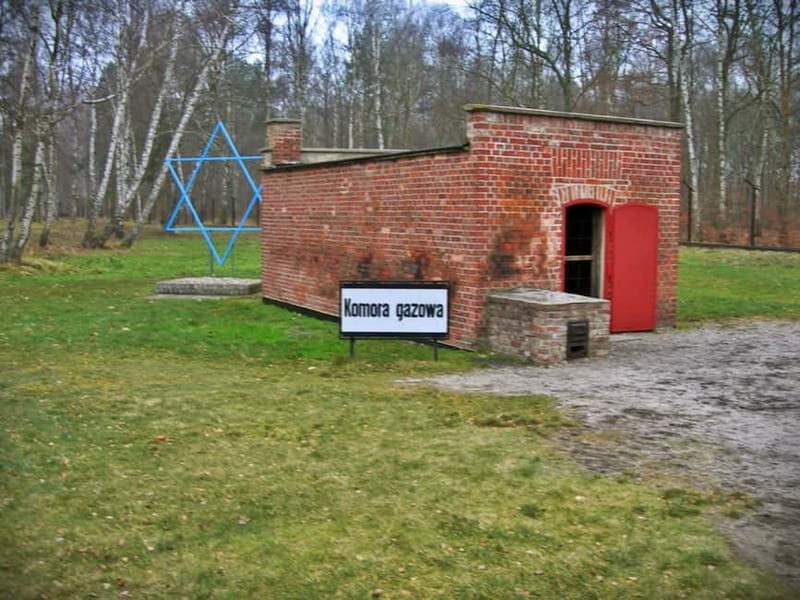
- Comprehensive and respectful: A well-rounded visit highlighting the camp’s history and personal stories.
- Comfortable logistics: Hotel pickup and drop-off simplify planning.
- Multilingual guides: Available in several languages, including English, Polish, German, and more.
- Focused on education: Highlights include gas chambers, crematoria, prisoner barracks, and liberation details.
- Ideal for serious history buffs: Not suitable for under 12s but perfect for those wanting an authentic experience.
- Excellent reviews: Consistently praised for knowledgeable guides and smooth organization.
Planning more time in Stutthof Museum Poland? We've covered other experiences worth considering.
The Experience: A Closer Look at the Tour Itinerary
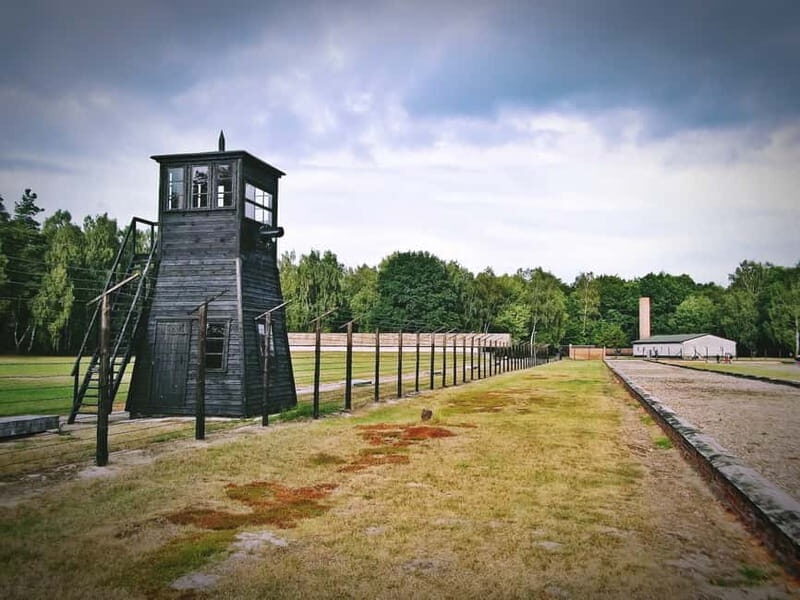
The journey starts with hotel pickup—your guide will be waiting in the lobby, ready to whisk you away to the historic site. The drive from Gdansk to Sztutowo is about 40 kilometers (roughly 25 miles), giving you a chance to settle in and perhaps review some background info provided beforehand.
Once you arrive, the true somberness begins. You’ll start your visit at the main camp grounds, where you’ll see the prisoner barracks—cramped, stark buildings that housed thousands of inmates. Your guide might point out how the overcrowding and poor conditions contributed to the suffering endured here. Many visitors remark on how this tangible sense of confinement makes the camp’s history more real.
Next, you’ll tour the gas chamber and crematorium, sobering sites that serve as stark reminders of the atrocities committed. The gas chamber remains a chilling testament to the Nazi’s systematic genocide, while the crematoriums stand as symbols of the scale of loss. While these are difficult sights, they are essential for understanding the full scope of history.
As you walk through the camp, you’ll visit the guards’ tower, which offers a vantage point once used to oversee prisoners. From here, you’ll learn how the camp was run and how it was eventually liberated. The guide’s commentary, often described as well-told and insightful—by those who’ve participated—adds context that turns mere stones into stories of both suffering and resilience.
Throughout the visit, you’ll see the wooded and marshy landscape surrounding the camp, which contributed to its secluded nature. This environment made escape difficult but also hid much of the camp’s horror from the outside world.
The tour includes a stop at the liberation site, where Soviet troops freed the remaining inmates. Your guide might share accounts of this moment, emphasizing how the camp’s liberation marked the end of a dark chapter. These stories, often conveyed with sensitivity by guides like Anna, help visitors grasp the emotional weight of the site.
Why This Tour Offers Great Value
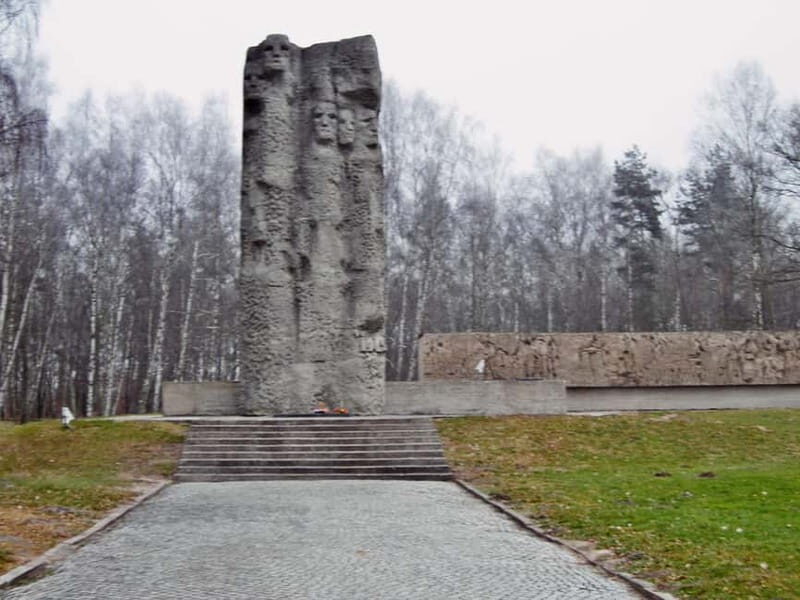
At around six hours, the tour provides a detailed, respectful, and well-organized visit that covers the essentials without feeling rushed. The inclusion of hotel pickup and drop-off takes the hassle out of transportation, especially since the camp is outside Gdansk, making it easier for those unfamiliar with local logistics.
The multilingual guides mean language barriers are minimized, and many reviews praise guides for their knowledge and storytelling ability, lending depth and humanity to the experience. For example, one traveler said, “She told us a lot and the stories were well told,” highlighting how engaging and informative the guide can be.
The cost is worth considering when weighing the emotional and educational value. You’re paying for a private, tailored experience that allows for questions and a nuanced understanding of this complex history. The entrance fee is included, so what you pay covers both access and expert interpretation.
However, it’s important to recognize that such a tour is intense and not suitable for children under 12. It’s best suited for visitors prepared for a serious and reflective experience. If you’re looking for a light or superficial overview, this might not be the right choice.
Who Should Consider This Tour?
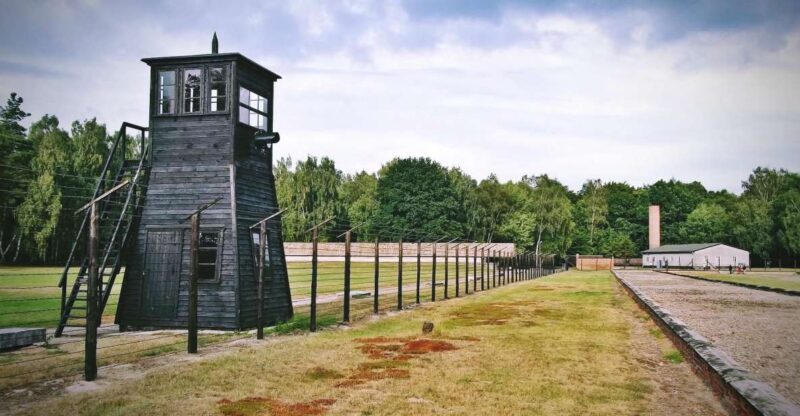
This tour is perfect if you want to truly understand the scale and impact of WWII atrocities in Poland. It’s suited for history enthusiasts, educators, or travelers who value authentic, guided insights. Those who appreciate a personal connection and want to hear stories from knowledgeable guides will find this especially rewarding.
It’s also a good fit for visitors who prefer organized logistics, as the tour handles transportation and scheduling. Keep in mind, the emotional weight of the site means it’s best for mature audiences ready to reflect on difficult history.
More Great Tours NearbyFinal Thoughts: Why You Should Take This Tour
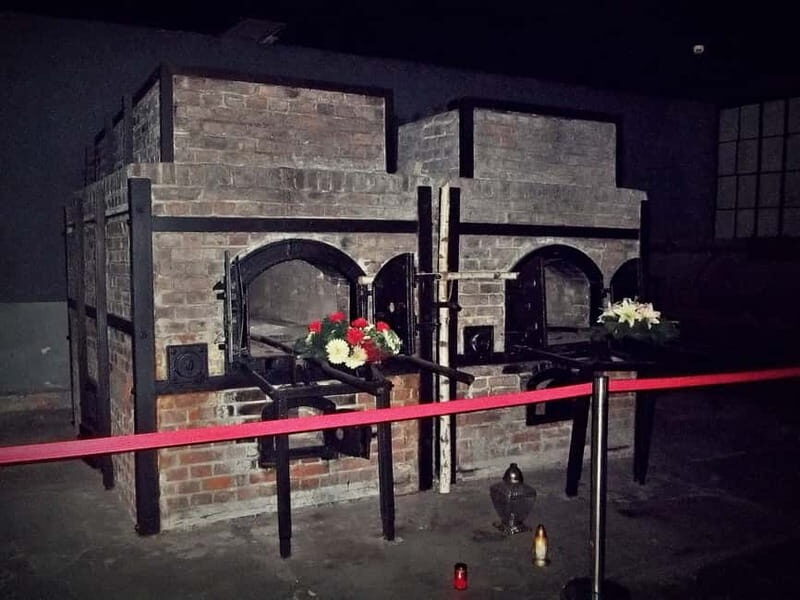
Visiting Stutthof with a knowledgeable guide offers a rare opportunity to see, hear, and feel the weight of history in a way that reading alone can’t provide. The personal stories, somber atmosphere, and detailed site visits make this a deeply impactful experience. It’s a chance to connect with the past on a human level and understand the profound consequences of intolerance and war.
If you are craving an authentic, respectful, and insightful look into Poland’s WWII history, this tour is worth the effort. Its combination of convenience, expert guidance, and emotional depth offers real value—especially for those prepared to confront the difficult truths of history.
FAQ
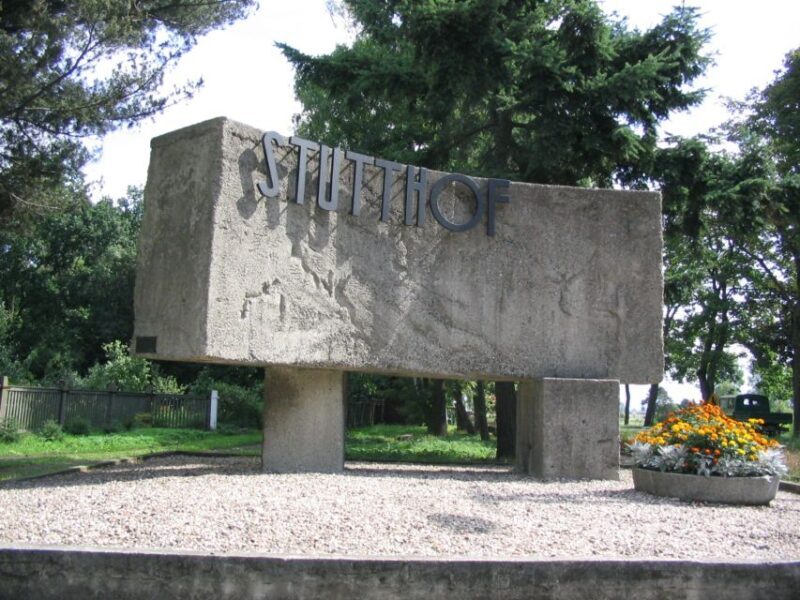
Is this tour suitable for children?
No, it’s generally not recommended for children under 12 because of the intense and sensitive nature of the site.
How long is the drive from Gdansk to the camp?
The drive takes about 40 kilometers (roughly 25 miles), which is approximately 40 minutes to an hour depending on traffic.
What languages are guides available in?
Guides can speak several languages, including English, Polish, German, French, Italian, Portuguese, Spanish, and Russian.
Does the tour include transportation?
Yes, hotel pickup and drop-off are included, making it convenient and hassle-free.
What should I bring for the tour?
Bring comfortable shoes, weather-appropriate clothing, and perhaps a notebook or camera. Remember that the site involves outdoor walking in various weather conditions.
Can I cancel this tour?
Yes, you can cancel up to 24 hours in advance for a full refund, providing some flexibility in your planning.
This Stutthof tour offers a meaningful journey into a difficult chapter of history. It’s a thoughtful option for those eager to learn and remember, respecting the past while gaining perspective on how far we’ve come—and how far we still need to go.
You can check availability for your dates here: